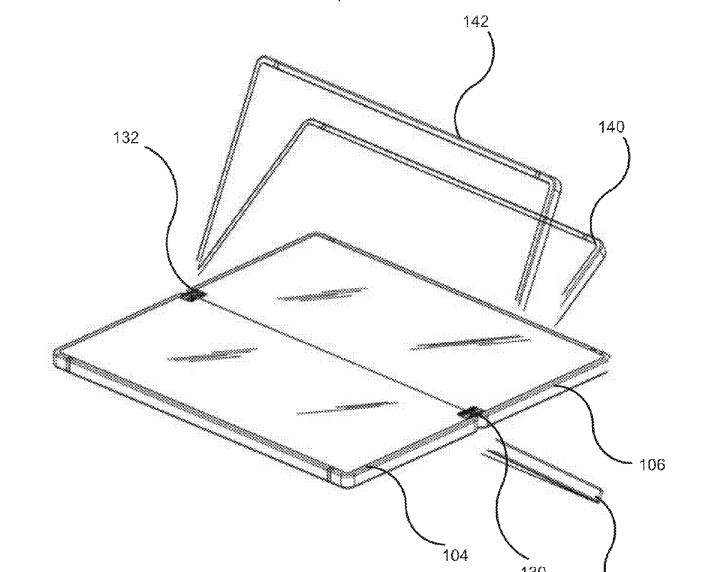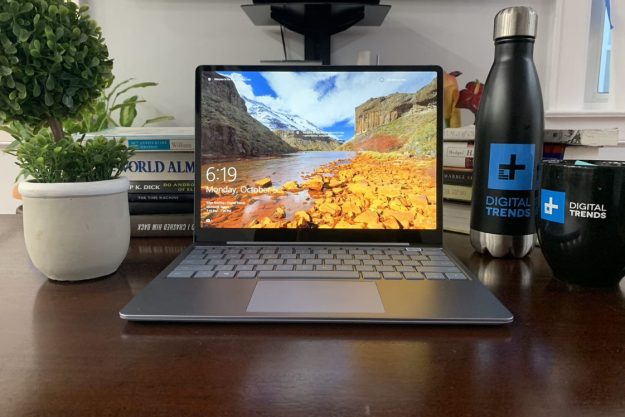
Recently discovered code found within the next release of Windows 10 shows that Microsoft may be ready to re-enter the mobile space. The Windows 10 Insider Preview build contains new APIs for telephony features, fueling speculations that Microsoft may be close to releasing its oft-rumored dual-screen Surface Phone smartphone.
Windows 10 build 17650 contains APIs typically found on phones used for dialing numbers, blocking calls, and supporting Bluetooth headsets. There is also video-calling support, Ars Technica reported, which could lead to video calls over cellular connectivity. While support for cellular connectivity has existed since Windows 8, it was used only for data connections — Microsoft’s own Surface Pro LTE is one such example. These newly discovered APIs cover capabilities for voice-based communications.
In the past, Microsoft was rumored to be working on a phone device with two screens connected by a hinge. The screens could fold together, like a book, to take on a more compact phone-like form. When unfolded, the device could provide the benefits of a tablet with a larger display. This device was previously known by its Project Andromeda code name. If Microsoft is ready to launch such a device, its Build developer conference early next month could be the platform to show off this hardware publicly.
Given the device’s potential Surface branding, it would likely arrive bearing the high-end hallmarks of the line, including a premium build with a metal shell, support for inking with a digitizer, and the ability to run Windows. Microsoft has worked with Qualcomm to bring the Windows operating system to ARM processors, so a Surface Phone could be powered by a Qualcomm processor or one from Intel.
Another simpler explanation for the presence of these newly uncovered APIs is that Microsoft is streamlining Windows with Windows Core OS. That effort could merge important APIs together to reduce the number of variants of the operating system. Microsoft has been pushing developers to create Universal Windows Platform (UWP) apps that could run on Windows, mobile, and Xbox, and the telephony APIs presence on Windows could be an extension of this effort.
If there are any significant changes to Windows, we will likely find out at Build next month.
Editors' Recommendations
- Scores of people are downgrading back to Windows 10
- Windows 11 might nag you about AI requirements soon
- You’re going to hate the latest change to Windows 11
- The most common Windows 11 problems and how to fix them
- Windows 11 tips and tricks: 8 hidden settings you need to try


